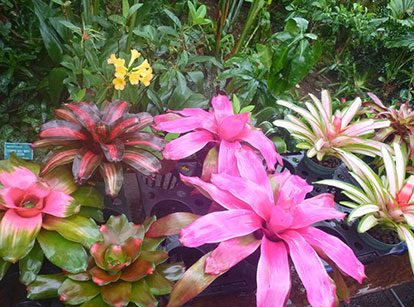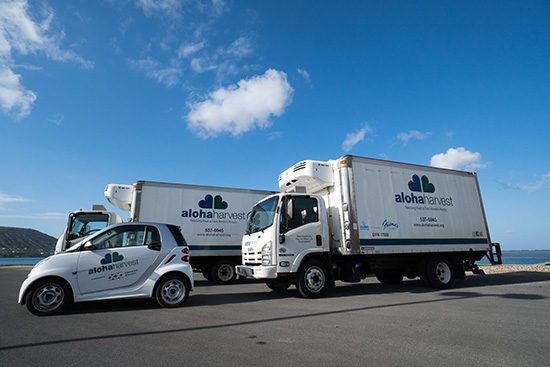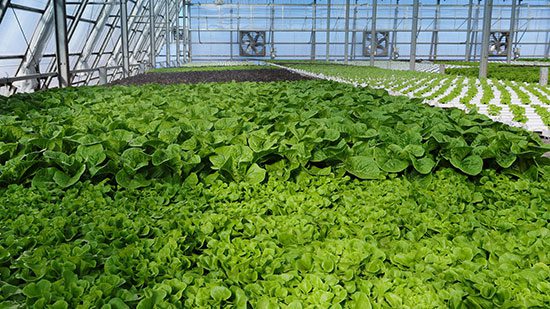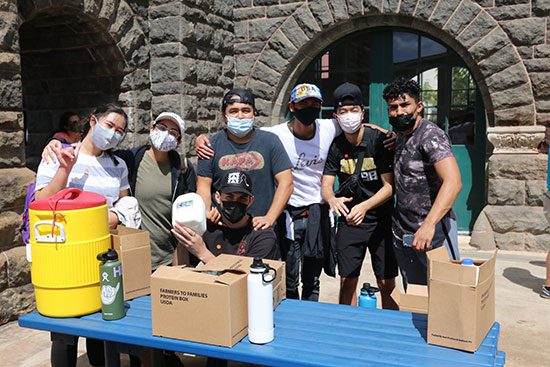
After over a century since plans to treat the University of Hawaiʻi at Mānoa as an arboretum were made, the world’s only arboretum accreditation program, the Morton Arboretum’s ArbNet, recognized the campus with a Level 1 accreditation earlier this month.
The campus is now one of two arboretums in the state, joining University of Hawai‘i’s Harold L. Arboretum in Mānoa valley.
Roxanne Adams, director of building and grounds management at UH Mānoa, came to the university specifically for the trees.
After Hawaiʻi’s legislature recognized the importance of educating its citizens about trees in 1912, famed botanist Joseph Rock began planting hundreds of trees around the campus in 1915. Some of the earliest plantings are located in and around Hawaiʻi Hall and Sinclair Library.
Making the campus into an arboretum was brought up for discussion several times over the years, but Adams said it’s difficult for a large university with high operational costs to focus on building an arboretum.
“I think a lot of it was because after Rock left in the early thirties, there wasn’t anyone to lead the charge,” Adams said. “There wasn’t a champion.”
David Strauch, a graduate student at the university, proposed the idea to make Mānoa into an arboretum five years ago when he discovered that Morton Arboretum started accrediting arboretums. The idea was presented to the vice-chancellor at the time, Steve Meter, who gave the final okay to begin the process.
The university met certain requirements in order for accreditation, including the commitment of the university, a specific number of trees identified and labeled, and appropriate staffing.
Adams and her team of four manage the 320-acre campus and its 5,000 trees. She said the campus has about 500 species of trees originating from many different parts of the world. Many are endangered in their native habitats.
The campus will act as a seed source for trees if any go extinct in their natural habitats, making it possible to replant them.
“I never knew the history behind all these trees,” said UH Mānoa student Spencer Lum, as he sat on a bench near Hawaiʻi Hall. “I love all the trees, and I think it’s important that the school is recognized for all of its hard work making the campus so beautiful.”
Adams spoke on behalf her team and said “our intent was to make the landscape more than just a place to walk through to get from one class to another, but try to make your entire experience educational.”
The university hopes to become a level 2 accredited arboretum by the end of 2017. This would require more trees to be identified and labeled and an educational component incorporated.
According to Adams, the university has labeled almost 500 trees and is working to bring back a course about campus trees.
“Yeah, I’d be interested in taking a class about the trees,” said Taylor Kipapa, a Windward Community College student planning to transfer to Mānoa next year. “Seeing these healthy historic trees inspires me to want to know more about them.”
The biggest challenges for Adams and her team are the lack of resources and relatively small crew to maintain the grounds.
With accreditation, however, she believes writing grants will now be more effective, as it will be easier to prove the campus is worthy of receiving funds.
by Ka’ainoa Fernandez, Ka ‘Ohana Staff Reporter





